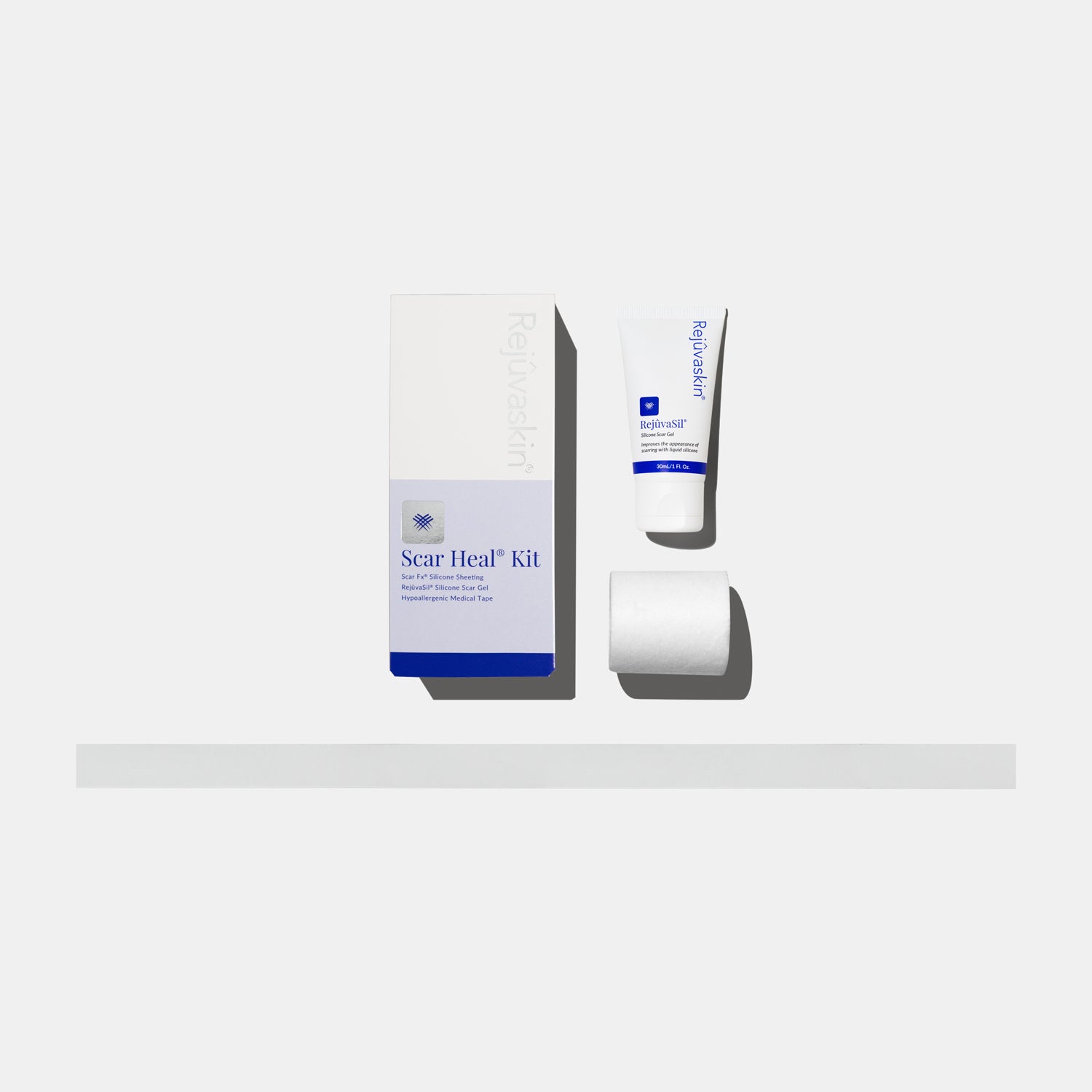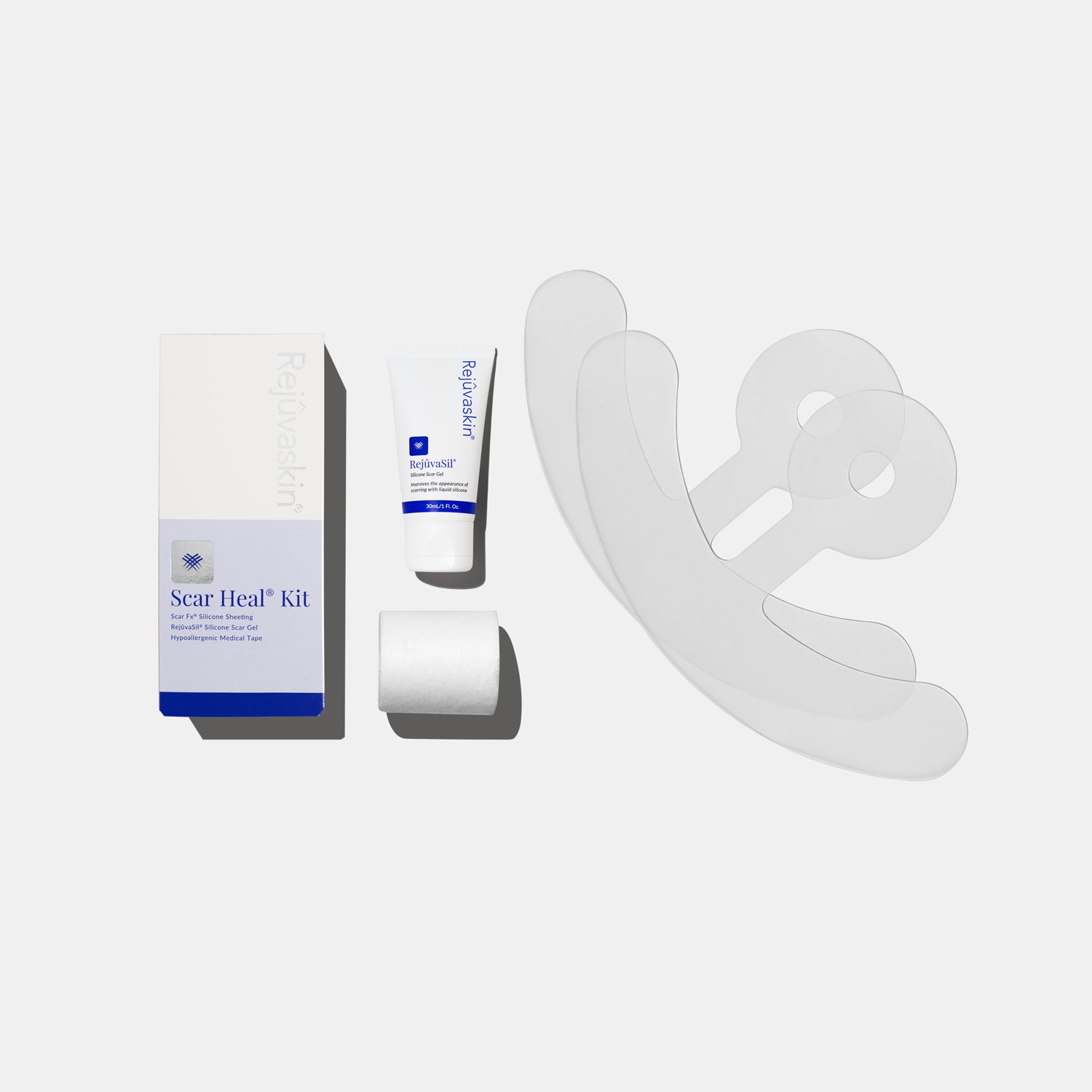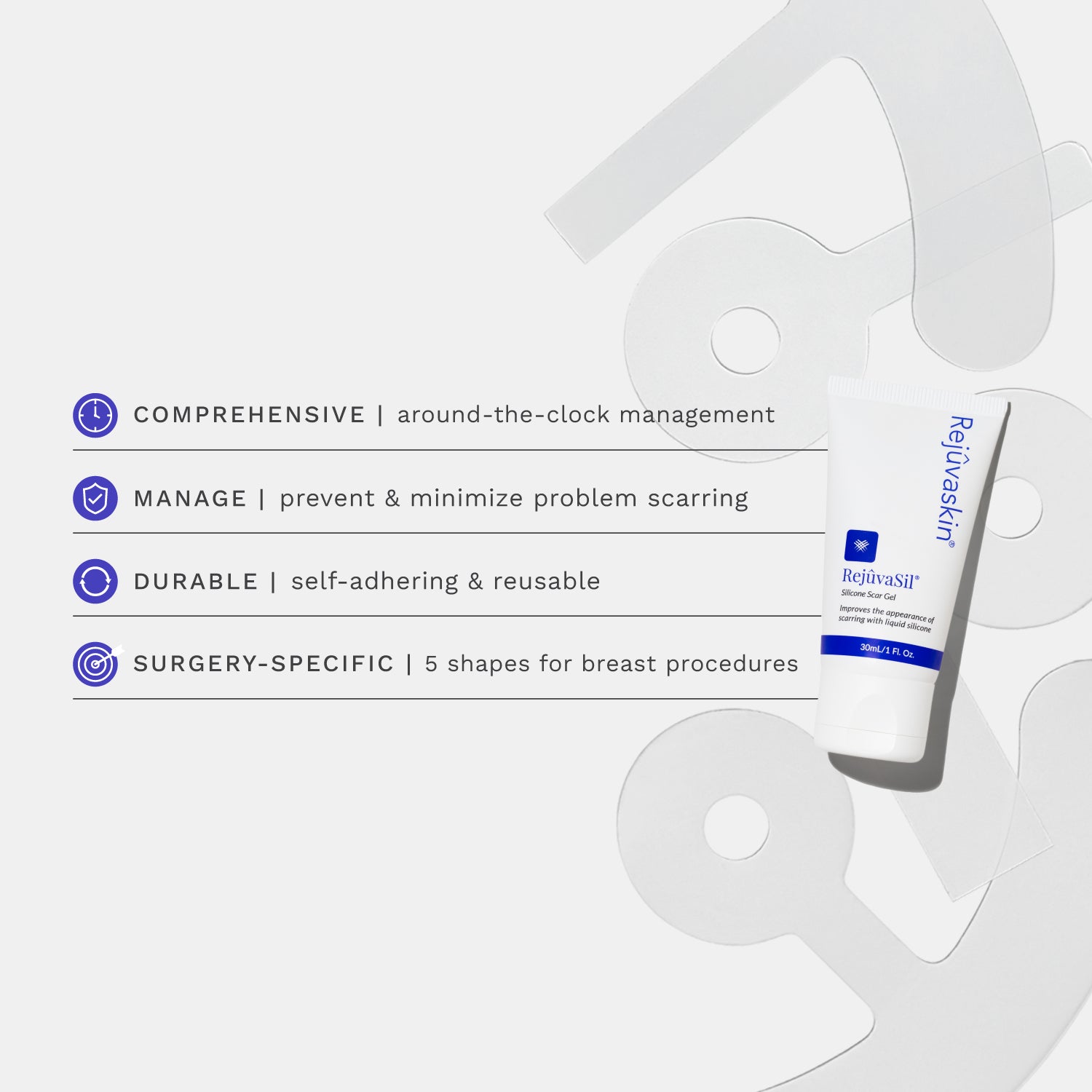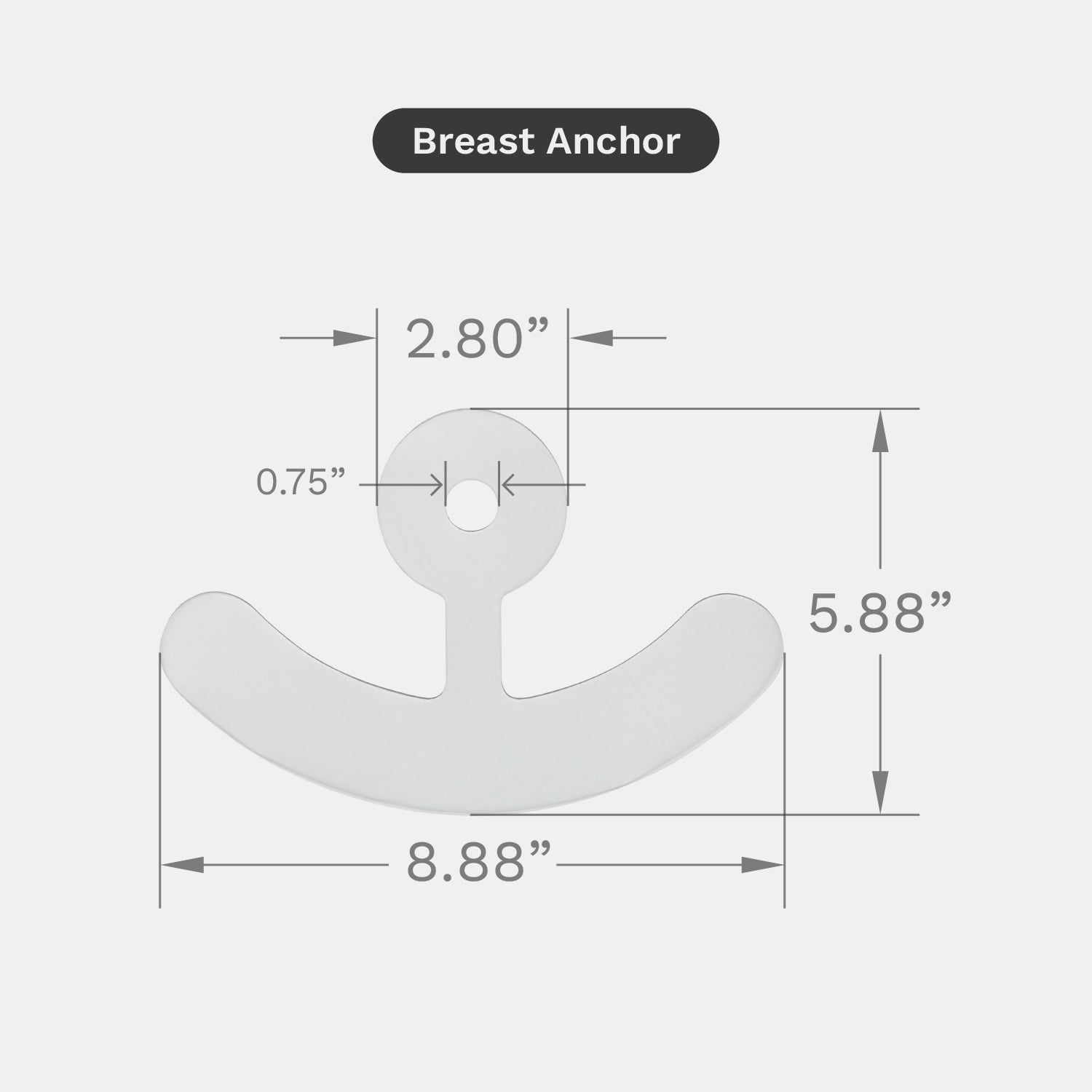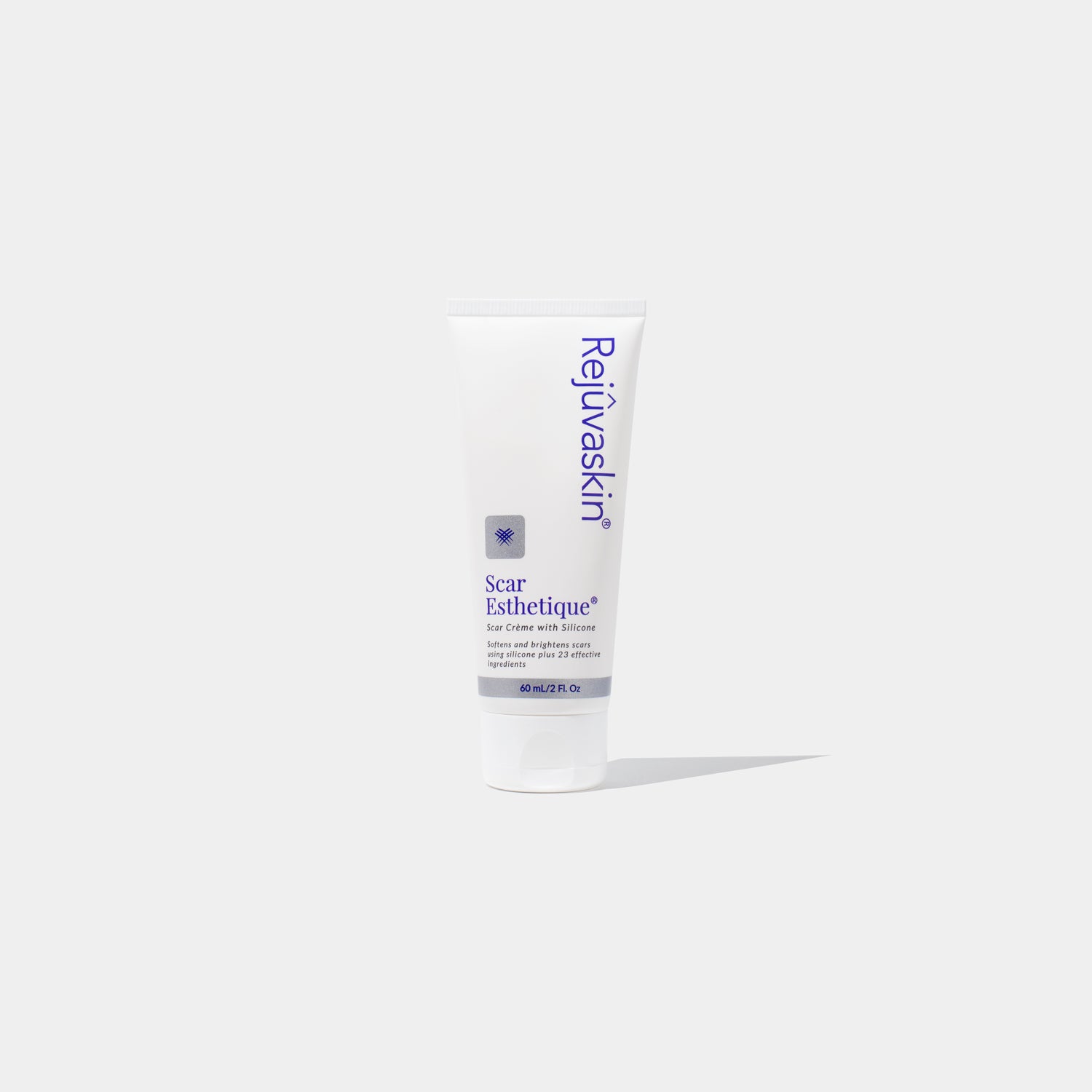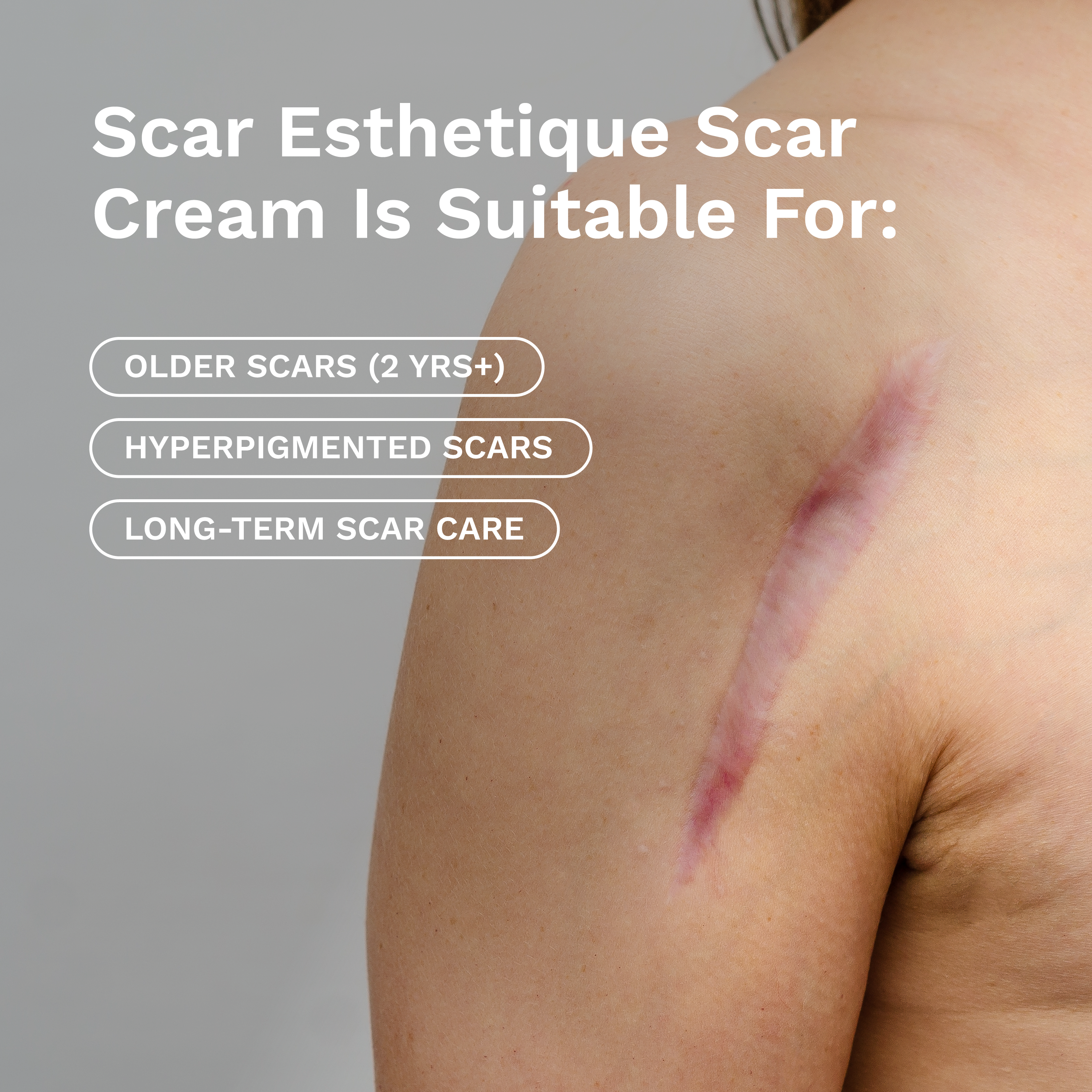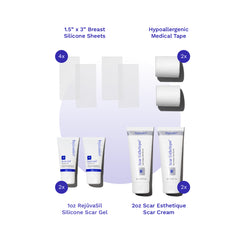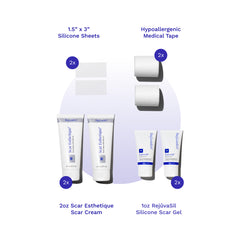Eczema is a complex dermatological condition that dermatology professionals frequently encounter. In this overview, we'll briefly explore the different types of eczema, providing a helpful reference for diagnosing and managing these various skin conditions.
1. Atopic Dermatitis
Clinical Presentation: Red, flaky patches of dry, scaly skin.
Pathophysiology: Atopic dermatitis, the most prevalent form, stems from an exaggerated immune response to seemingly innocuous triggers, often related to dietary factors or metal exposure in jewelry. Notably, it tends to manifest systemically, leading to widespread cutaneous involvement.
2. Contact Dermatitis
Clinical Presentation: Exhibits diverse manifestations dependent on the inciting trigger.
Pathophysiology: Contact dermatitis emerges as a localized response to external irritants, confined to areas in direct contact with the triggering substance. Inadequate post-exposure cleansing may exacerbate symptoms, with inflammation typically most pronounced at the site of irritation.
3. Neurodermatitis
Clinical Presentation: Presents as thick, leather-like patches with unusual pigmentation.
Pathophysiology: Neurodermatitis primarily results from physical trauma, such as intense scratching and skin damage. In severe cases, nerve damage and irritation ensue, prompting an inflammatory healing process that may culminate in scarring.
4. Dyshidrotic Eczema
Clinical Presentation: Characterized by tiny fluid-filled blisters that eventually rupture, dry out, and flake.
Pathophysiology: Dyshidrotic eczema stands out due to its distinct presentation, commonly affecting the hands and feet. Following blister formation, the skin undergoes changes reminiscent of atopic dermatitis.
5. Nummular (Discoid) Eczema
Clinical Presentation: Displays coin-shaped patches with darker pigmentation and exudate.
Pathophysiology: Nummular or discoid eczema often arises in response to factors such as insect bites or persistent abrasions. These patches are typically sensitive, inflamed, and may exhibit oozing of pus and blood.
6. Seborrheic Dermatitis
Clinical Presentation: Resembles cradle cap-like flakes, often with a pinkish hue.
Pathophysiology: Seborrheic dermatitis is typically linked to stress and hormonal fluctuations. It commonly manifests around the nose and scalp and is known to cause cradle cap in newborns.
7. Stasis Dermatitis
Clinical Presentation: Darkened patches of thick, scaly skin, primarily in the lower legs.
Pathophysiology: Also recognized as "gravitational dermatitis," "venous eczema," and "venous stasis dermatitis," this condition results from venous insufficiency, leading to fluid accumulation. Stasis dermatitis presents as scaly, thickened, and darkened skin patches, extending from the feet to mid-calf.
Prevention remains a key aspect of eczema management. Encouraging patients to avoid common eczema triggers, including propylene glycol, fragrances, specific essential oils, and select skincare ingredients, can significantly reduce the frequency of flare-ups, minimizing the need for therapeutic interventions.
For patients seeking effective eczema relief, consider recommending our Skin Recovery Cream. Formulated with botanicals like bamboo, pea, glucosamine, calendula oil, hyaluronic acid, and aloe vera, it offers a professional-grade solution for alleviating eczema-related symptoms and promoting skin healing. Our Skin Recovery Cream also has the Seal of Acceptance from the National Eczema Association.
